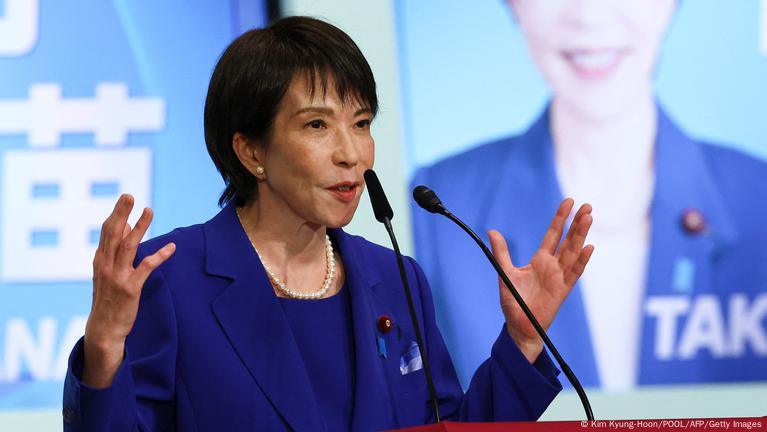The Rising Political Influence of Sanae Takaichi in Japan

Introduction
Sanae Takaichi, a prominent figure in Japanese politics, has recently gained attention for her influential role within the government. As the Minister for Internal Affairs and Communications, Takaichi’s actions and policies are shaping the political landscape in Japan. Her rise is particularly noteworthy as Japan seeks to navigate various domestic and international challenges.
Political Background
Born on June 7, 1961, in the city of Yamatokoriyama, Nara Prefecture, Takaichi graduated from the prestigious Kansai Gaidai University, where she studied economics. Her political career began in the early 2000s when she was elected to the House of Representatives. Over the years, she has held various key positions, including Minister of State for Economic and Fiscal Policy. Takaichi is affiliated with the ruling Liberal Democratic Party (LDP), which has dominated Japanese politics for decades.
Recent Developments
In recent months, Takaichi has been at the forefront of discussions regarding Japan’s digital transformation and technology infrastructure. She has emphasised the importance of enhancing Japan’s digital economy, particularly in light of the COVID-19 pandemic, which accelerated the need for technological advancements across various sectors. Takaichi’s push for improved digital services aims to modernise government interactions with citizens and improve efficiency.
Moreover, in light of growing security concerns in the Asia-Pacific region, Takaichi has advocated for stronger defence policies. Her stance supports Japan’s commitment to increasing its military capabilities, as tensions with neighbouring countries rise. This position aligns with Prime Minister Fumio Kishida’s broader national security strategy.
Public Perception and Future Prospects
Takaichi’s political journey has not been without controversy. Although viewed as a capable leader, her positions on national security and historical issues have attracted criticism from various quarters. Nevertheless, she remains a significant player in Japanese politics, especially as the LDP prepares for the next general elections, which are expected to be a pivotal moment for the party amidst shifting public sentiment.
Conclusion
As Sanae Takaichi continues to shape Japan’s policy directions, her influence will likely grow in the lead-up to the elections and beyond. The focus on digital economy reforms and security measures signals a transformative phase for Japan that could redefine its socio-economic fabric. For readers, staying informed about Takaichi’s work will provide crucial insights into Japan’s evolving political landscape and its potential future direction.
